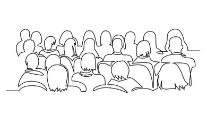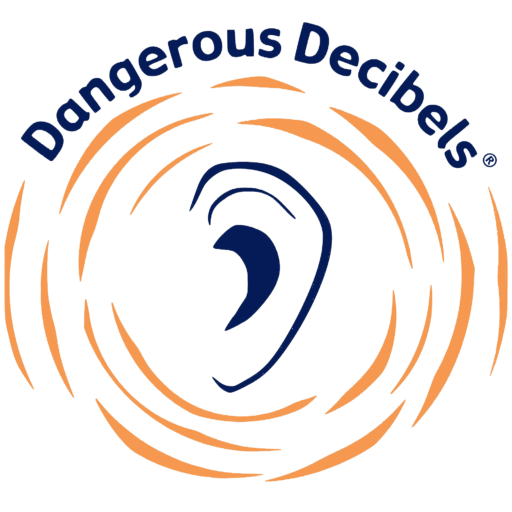Audience Considerations

Consider students with hearing impairment. This activity may be difficult for students with hearing impairment, even if they are using hearing aids, cochlear implants or assistive listening technology. Since this activity is a group activity it will just make it harder for student’s with hearing loss to guess correctly. They can still participate in the same manner as their peers.
As the Dangerous Decibels educator, you may not know if there are students with hearing impairment in the classroom unless you specifically inquire about this when scheduling or the teacher voluntarily informs you. There is no need to make special arrangements or modify the “What’s That Sound?” module delivery for this situation.
The teacher or other adults in the room may also have hearing loss and/or tinnitus. They may volunteer to discuss their own experiences with the students. This is encouraged but should occur separately from the delivery of the Dangerous Decibels Program since it will interrupt the flow and timing of the program. This topic of discussion may or may not relate directly to noise-induced hearing loss but would be educational for the students.
Student questions related to the use of hearing aids or cochlear implants may arise during this module. These devices can improve the ability to hear, but they do not completely restore normal hearing for the person wearing them. Avoid spending time discussing these devices and defer a more in-depth discussion to another time. Other speakers (audiologists and/or ear-nose-throat doctors known as otolaryngologists) could be invited to class in the future. A student with hearing loss could also be given classroom time to discuss their hearing loss in the future if they and their parents agree.
It is important for the instructor to be cognizant of their vocabulary choices during this module, to avoid being insensitive to others with hearing loss.
